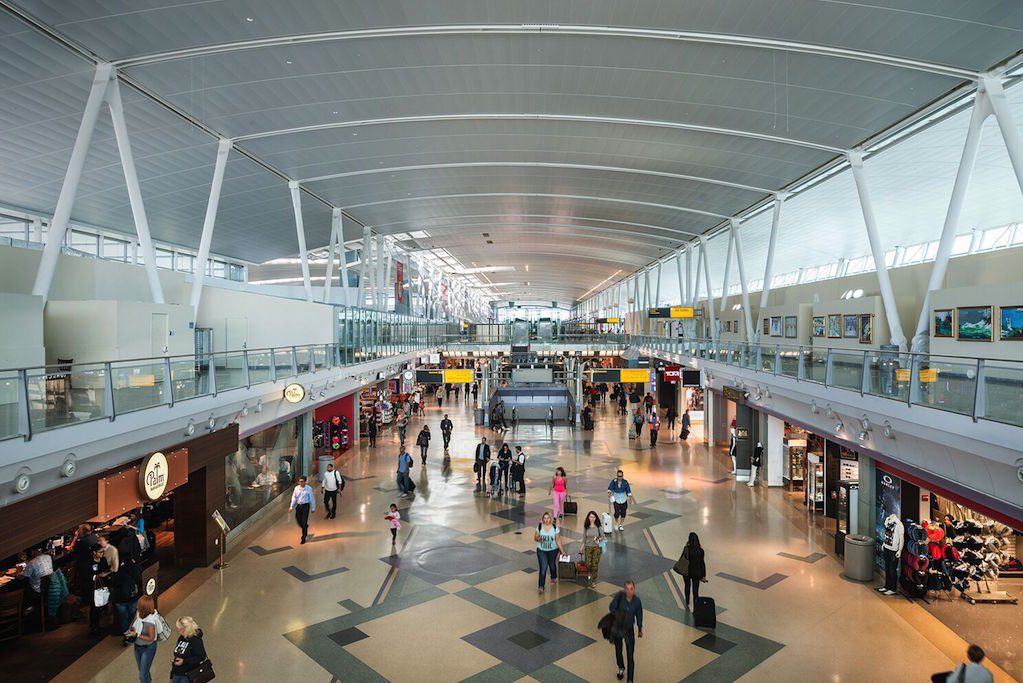JFK's Terminal 4 Owner Wants to Invest in More U.S. Airports

Skift Take
Handing over more U.S. airport terminals to private operators is probably not a panacea. But surely private industry can do at least as well as governments in operating an airport terminal.
As lawmakers debate whether to permit more private companies to shape American infrastructure, the Royal Schiphol Group, the first private operator of a U.S. airport terminal, at New York JFK, may want to add to its U.S. portfolio, an executive for the company said in an interview.
Schiphol Group is "looking actively for opportunities to increase their footprint in the U.S.," said Gert-Jan de Graaff, president and CEO of JFK International Air Terminal LLC, which controls JFK's Terminal 4. "They believe they can add value to airports in this country. Schiphol Group owns JFK International Air Terminal LLC.
It's an unusual concept in the United States, where municipalities control many airports and terminals, operating them more like bureaucratic departments than private enterprise. But elsewhere, private companies rule, using their expertise to reduce costs for airlines while improving customer amenities. In June, de Graaff will leave for a private firm in Brisbane, Australia that manages not just one terminal, but the entire Brisbane airport
